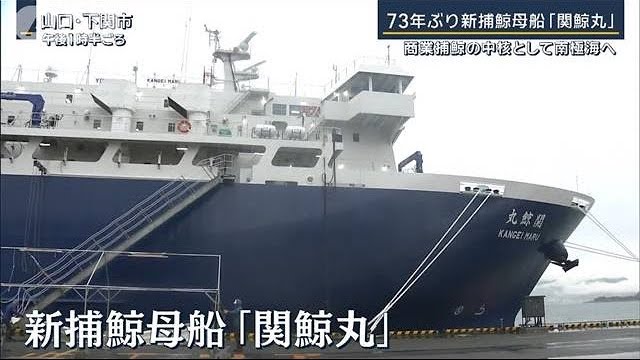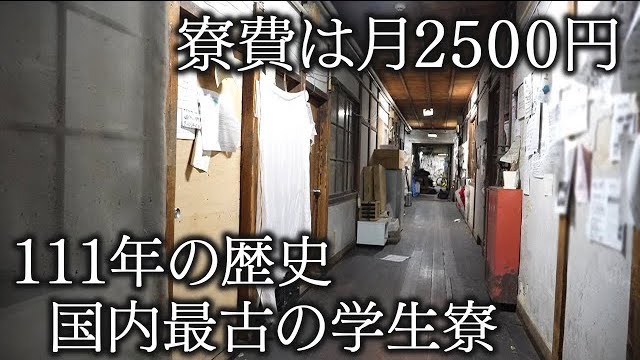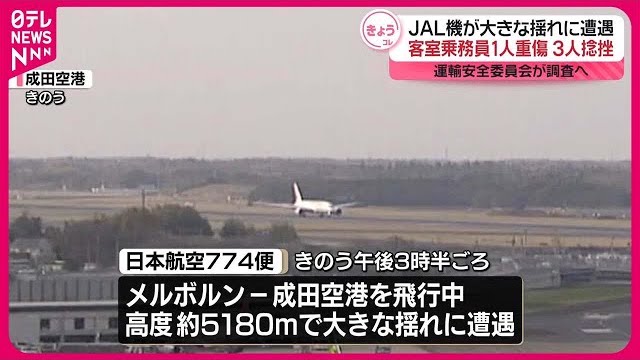Japan's labor market has achieved full employment over the past two years. Unemployment has declined over the past two years to below 3 percent-close to the levels of the 1980s and early 1990s-after peaking at 5.4 percent in 2012.
Currently, most unemployed people are either those who quit jobs voluntarily or who reached retirement age and/or completed temporary labor contracts.
The lower number of laid-off workers indicates a growing labor shortage, which is already prevalent among small and medium-size enterprises. The shortage stems from a steady drop in the working age population (15 to 64 years old) since the mid-'90s and moderate economic growth, inviting working age housewives and people over the age of 65 to participate in the labor market.
Japan has also been facing an important production capacity shortage for the past two years across most sectors. This reflects firms' hesitance to invest in production equipment and structure after the global financial crisis. The recent rapid recovery in such investment has been a major driver of economic growth. However, investment in real terms has only recovered to the 2000 level, which suggests that capital stock accumulation has not yet eliminated firms' production capacity constraint.
For these reasons, little economic slack is left in Japan. Labor and production capacity constraints have contributed to an improvement of output gap (difference between actual and potential output), which has been positive since late 2016 and exceeded 2 percent in late 2018. The Bank of Japan claims that the positive output gap or excess demand will eventually lead to higher inflation and move toward a 2 percent price stability target. So far, underlying inflation has remained persistently low despite massive monetary easing dating back to 2013.
The puzzling thing is why wage growth has been so sluggish despite the apparent labor shortage. It is true that average wages turned positive in 2014 and increased 1.4 percent in 2018. Nonetheless, regular pay, or permanent income, rose a paltry 0.8 percent in 2018. In real terms, average wage growth has failed to take off and recorded just 0.2 percent in 2018.










